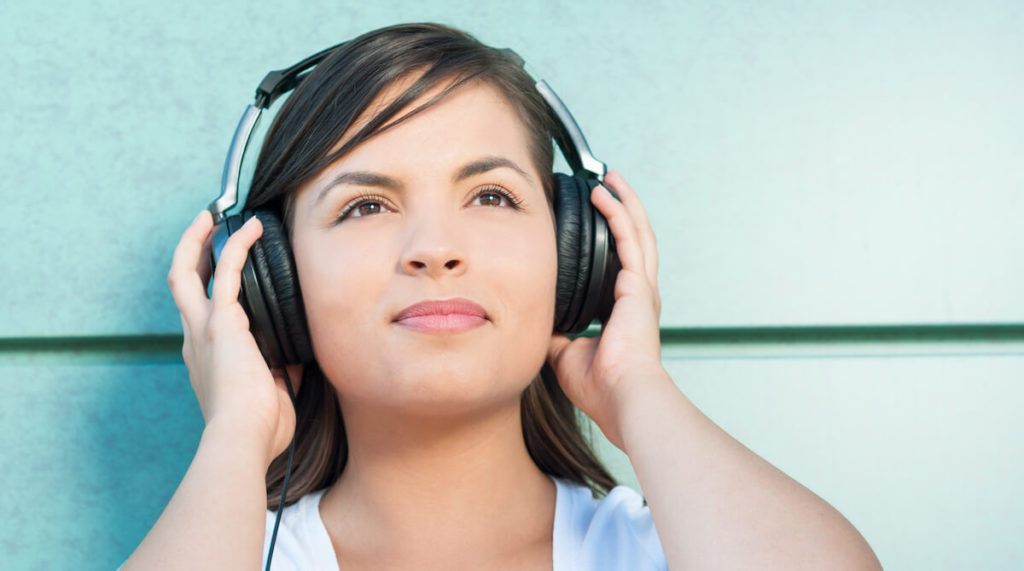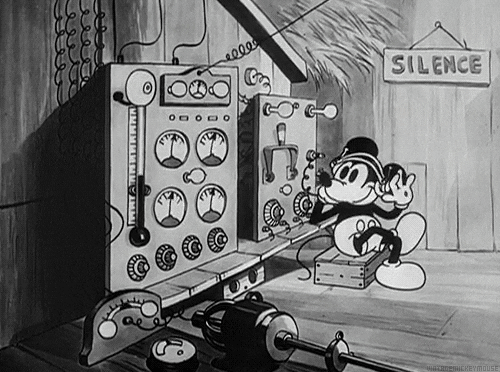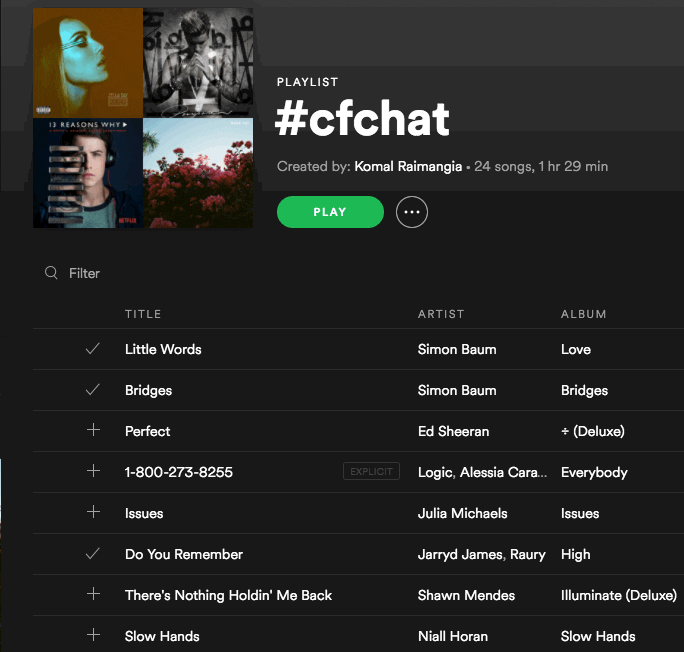
When most people think of audio advertising, they’re likely to think of traditional radio. You know, like when your grandparents would huddle around a massive radio to listen to “The Lone Ranger.” And while radio can still be part of your modern marketing strategy, audio ads can be so much more in this day and age.
From podcasts to Pandora, an ever-growing array of digital audio advertising options gives marketers new opportunities to reach listeners.
By understanding the differences of these audio formats and integrating the appropriate channels into your marketing strategy, you can better reach your target audience and deliver stellar ad experiences.
Breaking down your audio advertising options
In today’s audio advertising landscape, we have three main types of platforms. Here’s a quick rundown of the pros and cons of these options.
1. Traditional radio

You can’t talk about audio advertising without talking about traditional radio. While radio listening declined last year due to the COVID pandemic, roughly 83% of adults regularly listen to radio.
Pros
Radio is a great option for reaching larger audiences in a particular area. If you’re trying to get more attention for your brick and mortar location in Denver, Colorado, broadcasting your message with the area radio stations is a great way to expand your reach.
You can also target different demographics based on the stations you advertise with. News/talk, country, hip hop, alternative rock, and other formats can have very different listener groups. When you understand who listens to which stations, you can buy ad placements on the stations that are most appealing to your target audience.
Cons
While traditional radio offers great reach, there are only so many slots available. The more competitive rush hour slots can be extremely expensive. Sure, you could save money by buying an ad placement at 4 am, but there aren’t many people out on the road at that time. Balancing cost and time of day can be a real challenge, especially when you have a limited budget.
A lack of attribution can also limit the effectiveness of audio advertising. You have no way of actually knowing how many people heard your ad or how many sales can connect to your radio ad. This can make it hard to track whether your ad campaign is actually delivering the results you want.
2. Podcasts

Believe it or not, podcasting has been around since 2004. But it’s recently really taken off. According to Pew Research, 41% of Americans ages 12 and up listen to podcasts on a monthly basis — in 2008, that number was a measly 8%. Nearly 14 million people downloaded NPR podcasts alone each week in 2020.
There may be even more variety in podcast programming than you’ll find on the radio. From true crime and history to business and comedy, there’s really something for just about everyone (unless you’re the kind of person who hates everything).
Pros
For marketers, podcast advertising offers several important advantages. Podcast listeners are very engaged with the programs they choose to listen to, and this can make a big difference in how they perceive ads and sponsorships. Studies have found that podcast ads improve brand awareness 4.4 times better than display ads while also increasing purchase intent by 10%.
With the wide range of genres and topics that are covered by podcasts, you can do a better job of targeting a specific niche audience. Want to target fans of Dungeons and Dragons? You’d be amazed at how many podcasts there are for this alone.
Cons
As great as this sounds, it’s not always easy to know if podcast ads are delivering your desired results. After a podcast episode has been downloaded, you don’t have a way to track how many people actually listened all the way to the end of the episode. While impression-tracking is available during streaming, if your ad was placed at the end of an episode, there’s a good chance many people will have skipped it entirely.
3. Music streaming platforms

A music streaming platform is an app or website that allows users to stream music with an internet connection. The vast majority of these platforms are ad-supported, though some offer ad-free listening as a perk for paid subscriptions.
In many cases, these platforms essentially act as a form of digital radio that people can listen to from their phone, computer, or through a set of smart speakers. Others allow listeners to curate their own custom playlists that they can listen to on-demand.
It seems like more music streaming services are popping up every day, giving you even more opportunities to reach listeners! While trying to keep track of every possible platform can be a headache, focusing on some of the biggest streaming services is a good start for reaching audio listeners:
- Spotify has 381 million active users, 250 million of which use the free ad-supported version.
- Pandora has seen declines in listeners over the past few years due to increased competition. However, it still has over 55 million monthly active users.
- Amazon Music has an ad-free version that is included with Amazon Prime memberships, though non-Prime users can listen to an ad-supported version.
- Soundcloud offers a way for musicians to share their original songs online. Like other platforms, the free version is ad supported. Soundcloud has 175 million monthly listeners.
- iHeartRadio provides access to broadcast radio, streaming radio, and podcasts. The platform has over 150 million registered users.
Pros
Many music streaming platforms use programmatic audio placements, meaning that ad buyers bid on placements in real-time. This can be either a pro or a con, depending on the listeners you’re targeting and your available marketing budget. The ability to use behavioral targeting and other in-depth metrics can also make it easier to reach your desired target audience.
One big advantage of streaming audio is that it generally doesn’t allow users to skip through commercials unless you upgrade your membership. For example, when someone is listening to a music playlist on Spotify, the platform will periodically put in unskippable commercial breaks (though fast-forwarding through podcasts is possible). Even if someone absolutely hates your audio advertising, they will listen to it all the way through before getting back to their music.
While many of these platforms offer ad-free listening for those willing to pay for a subscription, the majority of listeners choose not to subscribe. The people who hear your ads view it as a fair exchange for listening to music for free. However, some platforms still include some ads even on a paid subscription!
Digital radio also allows you to potentially combine display ads with your audio ads, helping to make them even more engaging to listeners. Digital streaming is also a great way to reach audiences spread across an entire state — or even the entire country.
Cons
As with radio, many streaming services have a required minimum advertising spend that could be tens of thousands of dollars. This can make it harder for smaller businesses to compete with big brands unless you’ve been saving your pennies for a long time.
Making the most of audio advertising

Whether you plan on targeting streaming services or podcasts, your ability to buy ads in competitive slots can make all the difference in ensuring that your audio content actually reaches your target audience.
By evaluating the pros and cons of different audio advertising options and focusing on the platforms or stations your audience listens to the most, you can have confidence that your campaign will increase brand awareness and sales.
The high cost of both traditional radio and digital placements can quickly undercut your ad campaign budget — but not with Decibel on your side. By helping you get audio advertising placements at an affordable rate, you can have confidence that your digital audio ads will make a meaningful difference for your marketing campaigns.